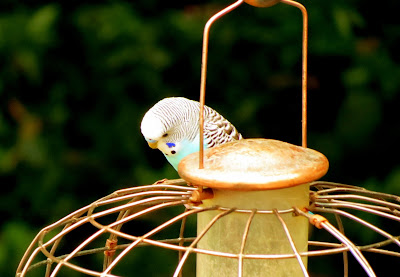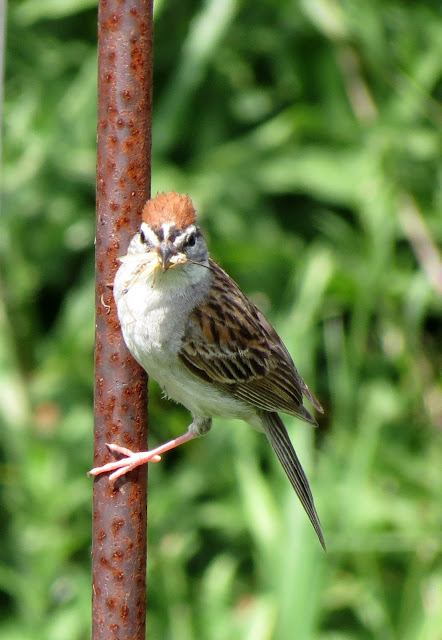American Goldfinch Carduelis tristis
Feeding on Dandelion Seeds
29 July 2013
Surely an under-appreciated common species, the American Goldfinch is by any standards a very handsome bird indeed. Were it not so common here, and we first observed this species in an exotic locale, we would barely be able to lower our binoculars. This male was observed at length feeding on dandelion seeds at the edge of the gravel road along Three Bridges Road in Waterloo County.
Perhaps a sighting such as this reinforces our passion for birds and continues to enable birding to be a sustaining force for pleasure in our lives. It certainly delighted Miriam and me as we rambled around the county for a couple of hours this afternoon.
The weather was threatening and from time to time it rained quite heavily.
The goldfinch was a figurative gift of sunshine.








































































.svg.webp)









